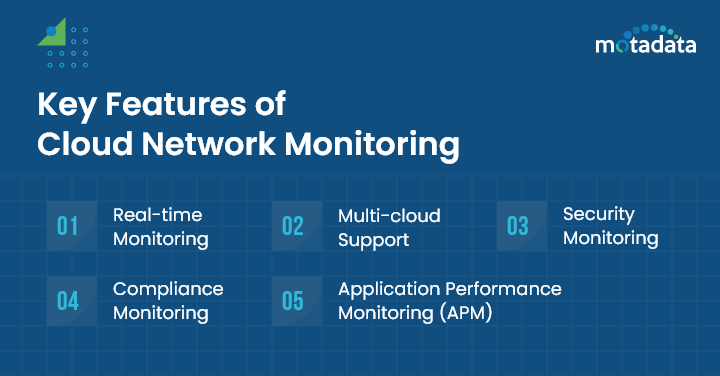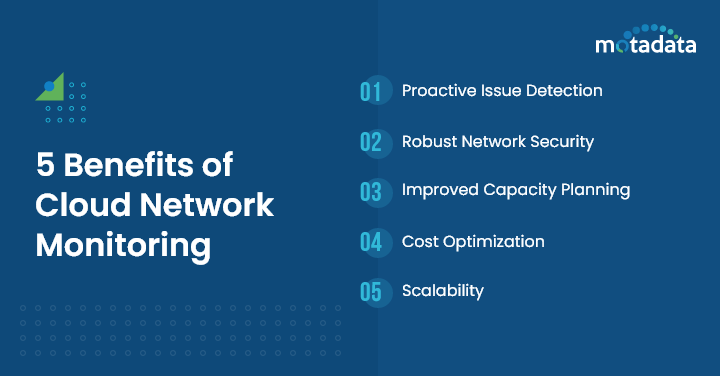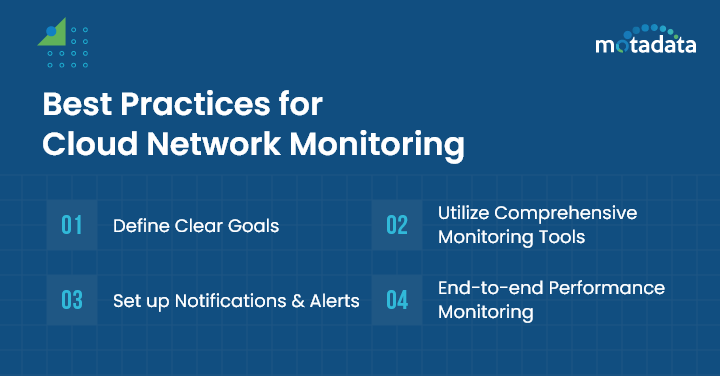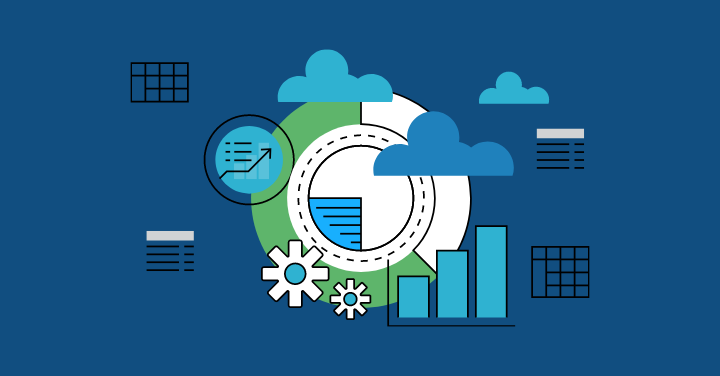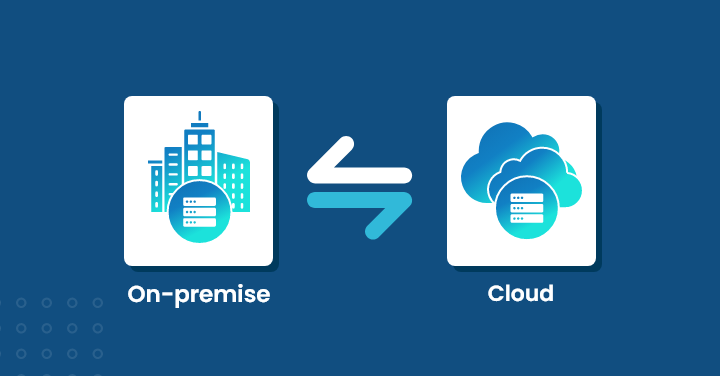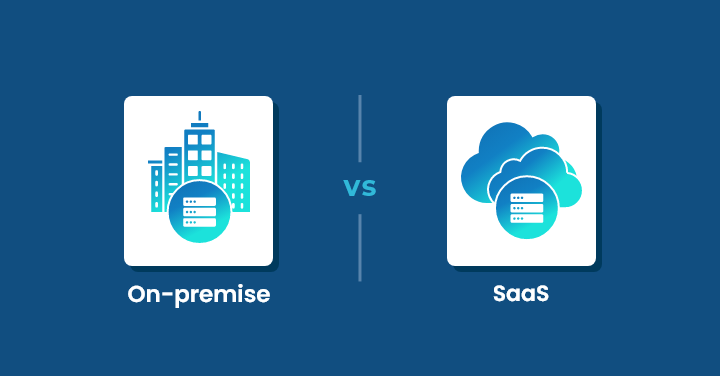As businesses transition to the cloud, the need for strategic implementation of Cloud Network Monitoring has become essential.
This is because IT managers and CIOs across organizations are looking for robust real-time monitoring, performance optimization, and security vigilance for their distributed network.
If you’re also thinking of cloud networking monitoring and want to know more about it in detail, continue reading this article further.
Here, we have covered all the important aspects of cloud network monitoring right from its features, benefits, to best practices.
What is Cloud Network Monitoring
Cloud network monitoring is a process of monitoring and managing multiple aspects of cloud network infrastructure like performance, availability, and security.
It also involves use of specialized tools and software that helps in collection, analysis, and reporting of data related to network traffic, bandwidth utilization, latency, ensuring optimal operation of network infrastructure and services.
Cloud network monitoring helps organizations to:
- Detect security threats
- Optimize resource usage
- Identify and address performance issues
- Ensure efficient operations of cloud-based apps & services
The Rise of Distributed Networks
In recent years, there has been a paradigm shift towards distributed networks. There are several factors at play causing this shift.
Let’s have a look at them one by one.
1. Cloud Adoption
Organizations across the globe are migrating their applications to cloud platforms with an aim to leverage benefits like flexibility, scalability, and cost-effectiveness.
This increased cloud adoption is the main reason behind the decentralization of traditional network architectures and distributed computing resources.
2. Edge Computing
Edge computing is another factor pushing distributed networks. Organization’s aim at reducing latency and enhancing real-time processing is making them deploy their computing resources at the edge of the network.
This methodology enables them to achieve lower latency, faster data processing, and enhanced performance for autonomous systems, IoT, and augmented reality.
Distributed networks are on the rise. But it doesn’t mean that it doesn’t have its sets of caveats.
Yes, for starters, it makes the infrastructure diverse that includes a mix of on-premises data centers, edge devices, and cloud services.
This makes it challenging to monitor the infrastructure as it requires a unified approach.
Second, distributed networks come with security concerns as data is processed and stored at several locations.
So, it becomes imperative to address these security concerns while dealing with distributed networks.
Key Features of Cloud Network Monitoring
1. Real-time Monitoring
With this feature, you can monitor your network performance metrics instantly and continuously.
The major advantage of this feature is that it allows you to not only detect but also respond to the issues as and when they occur.
Apart from this, it also helps you to ensure optimal user experience and minimal downtime.
2. Multi-cloud Support
Multi-cloud support is a must have feature for a cloud network monitoring tool as it ensures consistent control and visibility, irrespective of the cloud platform you use.
This feature gives you the flexibility of having a diverse infrastructure that may leverage services of various cloud service providers like Google Cloud, Azure, AWS, etc.
3. Security Monitoring
As mentioned earlier, security is a major concern with cloud network monitoring, making this feature essential.
It involves identification of potential risks by continuous analysis of firewall logs, network traffic, and other security components.
4. Compliance Monitoring
As the name suggests, this feature ensures that the organization’s network complies with all the regulatory requirements and standards.
This feature provides:
- Auditing capabilities
- Compliance-related activity tracking
- Report generation for conformity demonstration
5. Application Performance Monitoring (APM)
Application performance monitoring mainly focuses on both monitoring as well as optimization of application’s performance and user experiences.
This feature includes tracking of key metrics related to application:
- Responsiveness
- Functionality
- Efficiency
5 Benefits of Cloud Network Monitoring
1. Proactive Issue Detection
Cloud network monitoring enables you to detect issues proactively before they can escalate into a disaster.
You can do this by setting up alerts for threshold breaches or for anomalies. With this, businesses can take actions before it’s too late, thus eliminating its impact on the operations.
2. Robust Network Security
You can detect and respond to potential threats with the help of security monitoring. Cloud network monitoring empowers you identify:
- Unauthorized access attempts
- Malware infections
- Unusual traffic patters
This helps you to take immediate actions to shield your network and its data.
3. Improved Capacity Planning
Cloud network monitoring offers insights into resource utilization and capacity planning by analyzing network traffic and usage patterns.
With this, you can preempt future needs and allocate resources, accordingly, eliminating the scope of resource constraints.
4. Cost Optimization
Cloud network monitoring also enables you to optimize your cloud expenditure. It does this by identifying unnecessary resource consumption and other inefficiencies.
This is a huge insight as it helps the business to right-size their cloud resources and save unnecessary costs.
5. Scalability
Another major benefit of cloud network monitoring is scalability. It’s the ability to scale with your growing infrastructure.
Not only growth, but it can also accommodate the scenario where your infrastructure contracts for some reasons.
Read Also: Importance of Network Monitoring | Top 8 Benefits
4 Best Practices for Cloud Network Monitoring
1. Define Clear Goals
First and foremost, it’s important to define your goals clearly. This enables you to identify which aspects of your cloud network needs to be monitored, like:
- Performance
- Security
- Resource Utilization
2. Utilize Comprehensive Monitoring Tools
Once the goal is defined, the next step is to choose a monitoring tool that can offer you comprehensive visibility to your cloud infrastructure.
You must choose a tool that enables you to not only monitor key metrics but also gain crucial insights into security and performance.
3. Set up Notifications and Alerts
Set up alerts for all the critical thresholds and events to ensure that you receive a prompt notification in case of an issue.
Also, it’s important to have a well-defined escalation process that clearly states which personnel to involve in severe incidents.
4. End-to-end Performance Monitoring
Establish end-to-end performance monitoring that involves the entire application stack that involves server, network, and application performance. With this approach, you can identify the root cause of issues quickly.
Conclusion
Managing a distributed network can be a challenge. But it doesn’t necessarily have to be one as you can easily navigate all the challenges with the help of a cloud network monitoring tool.
In this article we have touched upon the key features that you should look out for in your cloud network monitoring tool.
To save you from analysis paralysis of feature comparison among multiple tools, we have got a solid recommendation in the form of Motadata Network Monitoring Tool.
We provides seamless visibility across your distributed cloud networks. It leverages AI-driven observability to break data silos for comprehensive insights into metrics, traffic, routing, and user experience.
Not only this, but its purpose-built AI detects and resolves issues swiftly, offering auto-discovery and rich insights.
So, what are you waiting for? Start your cloud network monitoring journey today with Motadata.
Start your 30-day free trial or schedule a demo. For more information, you can also contact us.



